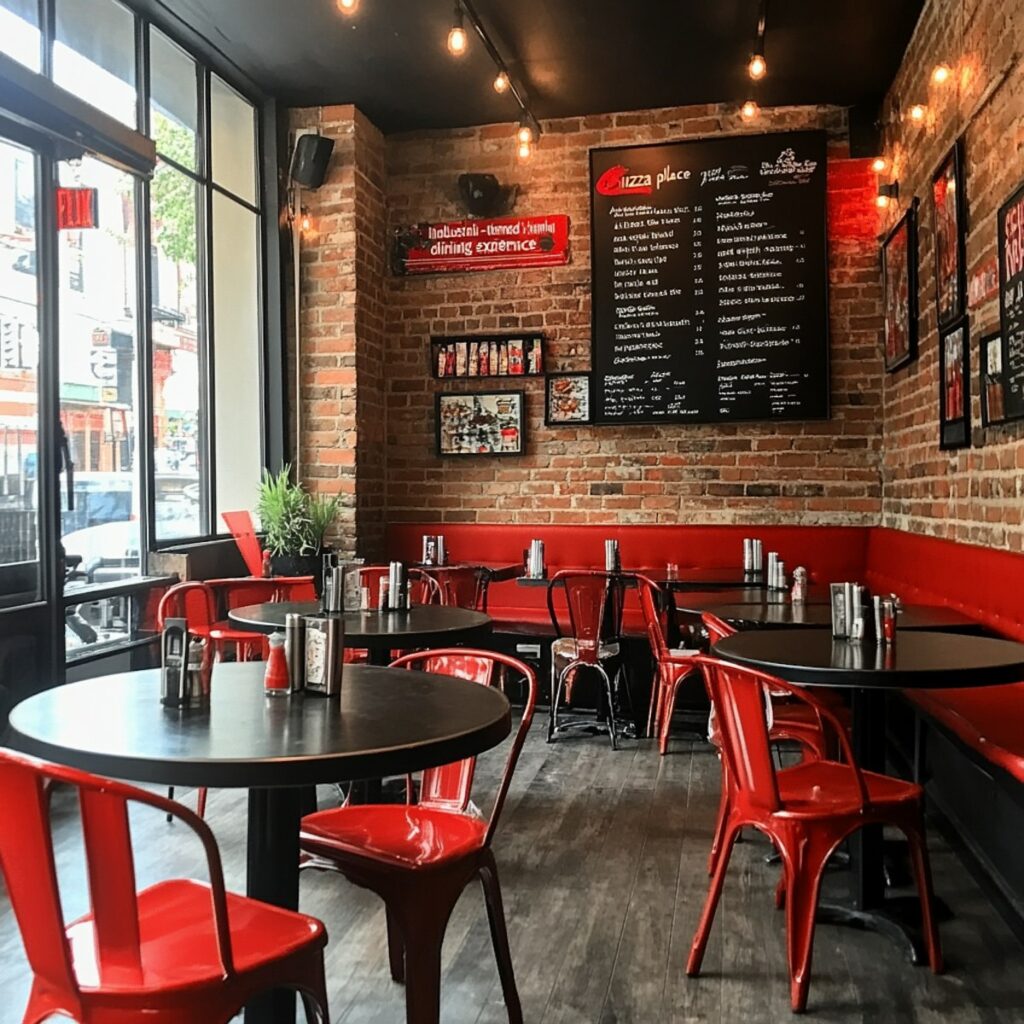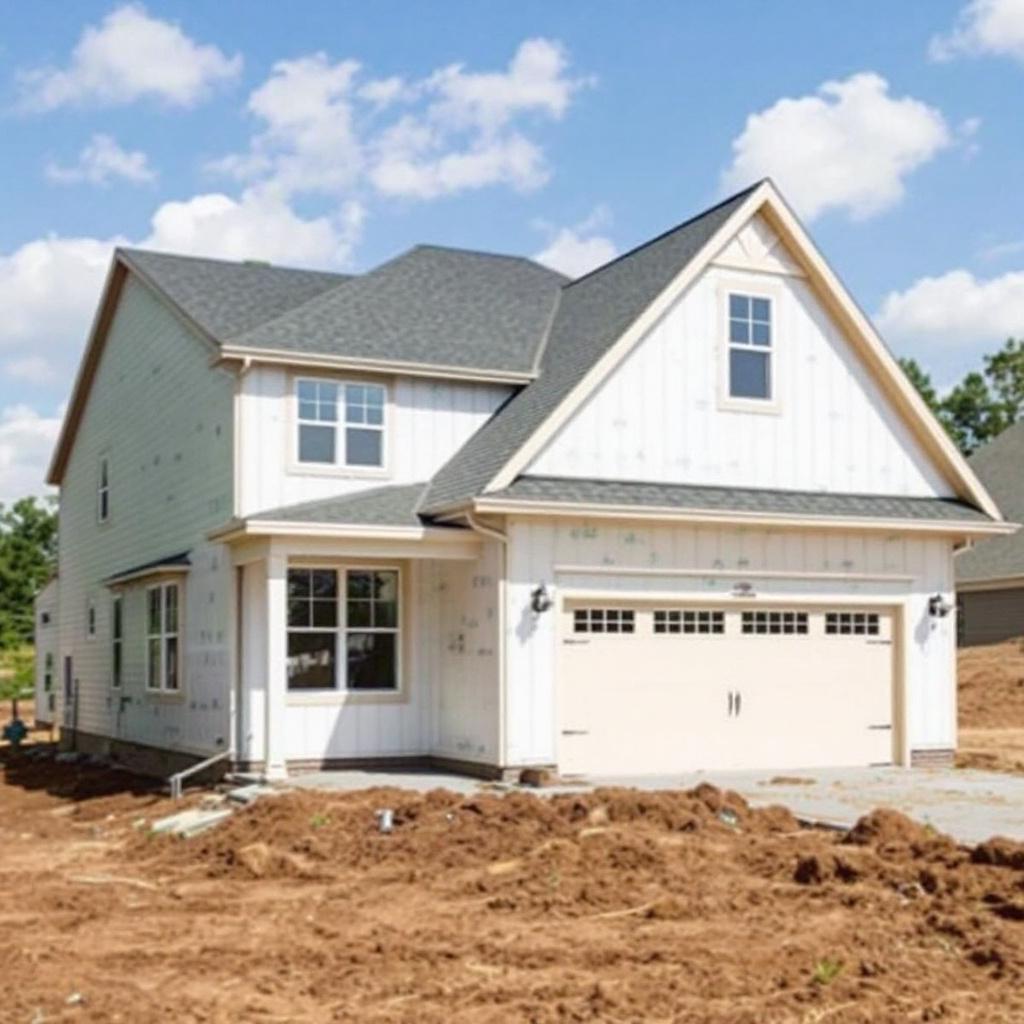In the evolving landscape of retail, the construction grocery store sector stands as a high-stakes arena where strategic planning, architectural innovation, and operational efficiency intersect. Whether you’re a developer, entrepreneur, or project manager aiming to build or renovate a grocery store, understanding the nuances of construction tailored specifically for grocery retail is non-negotiable for success.
This comprehensive guide dives deep into everything you need to know about grocery store construction—from design principles and budget essentials to sustainable building practices and regulatory compliance. Let’s get granular.
Why Specialized Construction Matters for Grocery Stores
Unlike generic commercial buildings, grocery stores have unique construction demands driven by the nature of their products and customer flow patterns. The construction grocery store process must factor in:
-
Refrigeration needs for perishables
-
Efficient customer movement
-
Storage and logistics areas
-
Specialized HVAC systems
-
Safety and sanitation standards
Ignoring these aspects leads to costly overruns, operational inefficiencies, and diminished customer experience.
Step 1: Planning & Site Selection for Grocery Store Construction
Successful construction grocery store projects start well before the first brick is laid. The site selection influences every downstream decision:
-
Demographics & Foot Traffic: Analyze the population density, consumer behavior, and competition within the catchment area.
-
Accessibility: Proximity to major roads, parking capacity, and ease of entry/exit for shoppers and suppliers.
-
Zoning & Permits: Ensure the site complies with local commercial zoning laws and obtain necessary building permits.
A misstep here can derail timelines and budgets.
Step 2: Budgeting & Financial Forecasting
Budget discipline in construction grocery store projects is critical. Costs extend beyond materials and labor, including:
-
Land acquisition
-
Architectural and engineering fees
-
HVAC and refrigeration systems installation
-
Specialized lighting and shelving
-
Technology infrastructure (POS systems, security)
-
Contingency for delays or code changes
Develop a detailed financial plan with input from experienced contractors and suppliers to avoid unpleasant surprises.
Step 3: Designing for Functionality and Customer Experience
Design in grocery store construction is a fusion of art and science, where form meets function. Here’s what to focus on:
-
Store Layout: A well-planned layout optimizes traffic flow, product visibility, and shelf accessibility. Common formats include grid, free-flow, and racetrack designs.
-
Aisle Widths: Must accommodate carts and shoppers comfortably, enhancing navigation.
-
Lighting: Energy-efficient LED lighting that highlights fresh produce and creates an inviting atmosphere.
-
Refrigeration Placement: Strategically locate refrigeration units to minimize energy consumption and maximize shopper convenience.
-
Back-of-House Spaces: Sufficient loading docks, storage, and staff areas are essential to smooth operations.
Remember, design choices impact sales conversion and operational costs directly.
Step 4: Material Selection & Construction Techniques
Durability and hygiene standards are paramount in grocery stores. When selecting materials, prioritize:
-
Flooring: Non-slip, durable materials like polished concrete or epoxy resin withstand heavy foot traffic and spills.
-
Walls & Ceilings: Moisture-resistant, easy-to-clean surfaces help maintain sanitation.
-
Refrigeration Insulation: High-quality insulation for cold storage areas minimizes energy waste.
-
Energy-efficient HVAC: Systems designed specifically for grocery stores maintain optimal temperature and humidity.
Modern construction techniques such as modular builds and pre-fabricated components can accelerate timelines and control costs.
Step 5: Compliance with Safety & Sanitation Regulations
Grocery stores are under strict scrutiny regarding food safety and public health. Construction must comply with:
-
Local and national building codes
-
Fire safety standards, including sprinklers and emergency exits
-
Health department regulations regarding sanitation zones and pest control
-
Accessibility standards (ADA compliance in the US)
Ignoring compliance risks legal penalties and business shutdowns.
Step 6: Incorporating Sustainability in Grocery Store Construction
Sustainability is no longer optional; it’s a business imperative. Sustainable construction adds long-term value by lowering operating costs and appealing to eco-conscious consumers.
Key sustainability strategies:
-
Solar Panels & Renewable Energy: Offset electricity needs and reduce carbon footprint.
-
LED Lighting & Smart Controls: Cut energy consumption dramatically.
-
Water-efficient Fixtures: Reduce water use in restrooms and kitchens.
-
Sustainable Materials: Use recycled or locally sourced construction materials.
-
Waste Management Plans: Plan for recycling and organic waste disposal during and post-construction.
Sustainable construction grocery store projects enhance brand reputation and operational savings.
Step 7: Technology Integration During Construction
A modern grocery store relies heavily on technology for inventory, sales, and customer engagement. Consider integrating:
-
Point of Sale (POS) Systems: Wired infrastructure ready for checkout tech.
-
Security Cameras and Alarms: Built-in surveillance for loss prevention.
-
Automated Refrigeration Monitoring: Real-time temperature tracking to reduce spoilage.
-
Customer Wi-Fi & Digital Signage: Enhance shopper experience and marketing.
Planning these during construction saves costly retrofits later.
Step 8: Construction Management & Timeline
Efficient project management ensures your grocery store construction stays on track:
-
Clear Schedule: Establish milestones for foundation, framing, utilities, interiors, and finishing.
-
Vendor Coordination: Manage subcontractors specializing in refrigeration, electrical, and HVAC systems.
-
Quality Control: Regular site inspections to maintain standards and compliance.
-
Risk Management: Identify potential delays (weather, supply chain) and develop mitigation plans.
The average construction grocery store timeline ranges between 6 to 12 months, depending on size and complexity.
Common Challenges in Grocery Store Construction and How to Overcome Them
-
Supply Chain Disruptions: Pre-order critical materials and maintain communication with suppliers.
-
Budget Overruns: Use fixed-price contracts and include contingencies.
-
Regulatory Delays: Engage with local authorities early to streamline approvals.
-
Technology Integration Gaps: Involve IT specialists during design to future-proof systems.
Anticipating these challenges upfront keeps your project agile and resilient.
Post-Construction: Final Touches and Launch Preparations
Once construction wraps, focus on:
-
Inspections & Certifications: Ensure all permits and certifications are signed off.
-
Staff Training & Technology Testing: Prepare your team on new systems and layouts.
-
Marketing & Community Outreach: Announce your store launch and generate buzz.
-
Soft Opening: Run a trial period to fine-tune operations before grand opening.
Smooth post-construction execution sets the stage for long-term success.
Why Choosing the Right Construction Partner Matters
Your general contractor and design team are critical players. Look for:
-
Experience specifically in grocery or retail construction
-
Proven track record of on-time and on-budget delivery
-
Familiarity with local codes and sustainability standards
-
Strong project management and communication skills
Partnering with experts mitigates risk and amplifies your ROI.
Conclusion
The construction grocery store process is a complex orchestration of design, engineering, regulatory compliance, and technology. When executed with precision and strategic foresight, it delivers retail spaces that are efficient, sustainable, and customer-friendly.
Remember, the grocery store is not just a building—it’s a business engine. Every decision in construction impacts the bottom line, operational costs, and customer loyalty.
Focus on these pillars: smart planning, sustainable practices, technology integration, and quality management. Nail these, and you’re setting yourself up for a profitable venture in the retail grocery market.
FAQs
Q1: What are the key considerations in constructing a grocery store?
A1: Focus on location, layout efficiency, compliance with safety codes, HVAC, lighting, and durable materials to ensure operational success.
Q2: How long does it typically take to construct a grocery store?
A2: Depending on size and complexity, construction can take 6 to 12 months, including design, permitting, and finishing.
Q3: What budget factors should be accounted for in grocery store construction?
A3: Include land acquisition, materials, labor, permits, equipment, refrigeration, and technology infrastructure.
Q4: Can sustainable building practices be applied to grocery store construction?
A4: Yes, using energy-efficient lighting, HVAC systems, sustainable materials, and waste management improves eco-friendliness and operational cost.
Q5: How important is the store layout during construction?
A5: Critical—optimal layout drives customer flow, product placement, and operational efficiency, impacting sales and customer experience.



